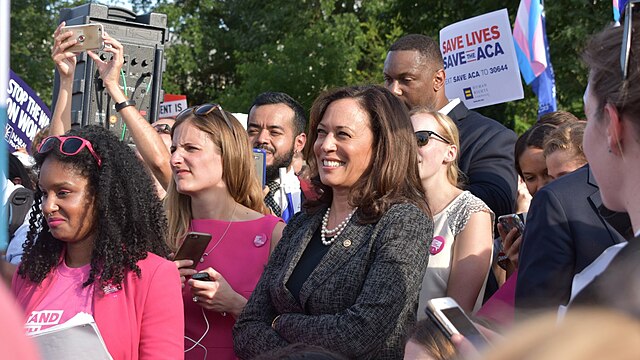On March 15, North Carolinians were given the first chance to weigh in on the presidential race as well as state and local races. Precincts around North Carolina opened their doors for the state primary. By this point, we all know that the Tar Heel State chose Hillary Clinton and Donald Trump as its big winners. What many of us do not know is the relatively small number of people who ended up making that decision.
The past few elections in North Carolina have exhibited a startling trend. Barring the general election every four years, very few people come out to cast their vote and let their voice be heard. In the primary election on March 15, the State Board of Elections estimates 35.6 percent of North Carolinians that could vote did. This number is up slightly from the 34.7 percent of voters who hit the polls in the May 2012 primary election. Furthermore, in the nine non-November elections since 2012, the state averaged a 14.6 percent voter turnout.
These low turnouts make other trends from this year even more frightening. The 2016 election marks the first year that North Carolina’s new voter ID law is enforced.
The latest available reports from the SBOC found that in 2014 218,000 people lacked the necessary identification to vote under the law. The number amounts to 5 percent of all registered voters in the state, a significant amount. Many of those turned away at the polls because of the law were college students and minorities. Even voters from our campus faced problems voting.
It would be foolish to argue that changing these laws to include more voters would completely fix low voter turnout, but it seems that in an era where both parties are struggling to bring as many citizens to the polls as possible, turning people away at the door is counterproductive.
The primary may be over, but this election season sure is not. As we move toward the general election, it is time for North Carolina to take a long, hard look at who is not voting and why.





